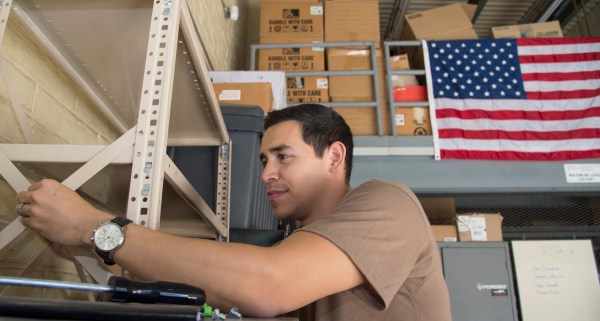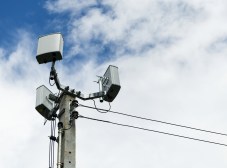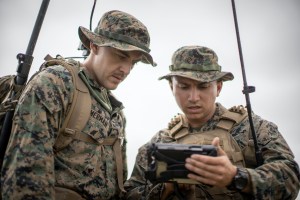New group of DOD sites for 5G testing includes California, Hawaii, Virginia, Texas, Oklahoma

As part of the Department of Defense’s mission to advance 5G technology, the military announced seven new bases it will use as “test beds” for the emerging technology, bring the total number of bases to 12.
The bases include: Fort Hood, Texas; Naval Base Norfolk, Virginia; Joint Base Pearl Harbor-Hickam, Hawaii; Joint Base San Antonio, Texas; the National Training Center at Fort Irwin, California; Camp Pendleton, California; and Tinker Air Force Base, Oklahoma.
The announcement, made Wednesday during a press conference at the Pentagon, comes weeks after the release of the DOD’s 5G strategy. The document outlines how the department will work with private sector companies as the U.S. tries to keep pace with China and its 5G giant Huawei. Requests for proposals will be issued this summer, Joseph Evans, technical director for 5G in the DOD, said during the press conference.
“DOD recognizes industry is driving 5G,” Evans said.
Industry leaders also applauded DOD’s moves to bring real-world testing in controlled environments to the 5G race.
“There is absolutely nothing that compares to using and monitoring real world deployments,” Joel Wallenstrom, CEO of secure messaging app Wickr told FedScoop in an email. “Taking the initiative to get 5G deployed and to run services on these deployments is the kind of proactivity we need.”
Different bases will have different purposes and test different capabilities. For example, at Tinker Air Force Base the goal will be to experiment with different ways to share spectrum space for 5G telecommunications. Other bases will work on ensuring that 5G’s development will be secure and not be open to cybersecurity vulnerabilities.
One of the security models the DOD is exploring is zero trust architecture, where security checks are built in throughout the system instead of granting wide access with a one-and-done log in.
“On 5G there will be so many more devices on the network that are built to consume more bandwidth. While this might not translate into successful [denial-of-service] attacks, it will increase the cost of defensive measures,” Wallenstrom said.
The Pentagon’s mission in wiring bases and testing 5G serves two purposes, according to its strategy. The military wants to integrate 5G into its own communications system to increase the amount of data that can be sent from the field back to command posts and to also be able to increase the speed in which the private sector can deliver 5G to the public. The motivation on both fronts is to counter China’s own development of civilian and military uses of 5G, according to both the strategy and Evans.
“There are challenges that we have with our potential adversaries,” He said. “But we do not think that we are behind in any sense here.”






